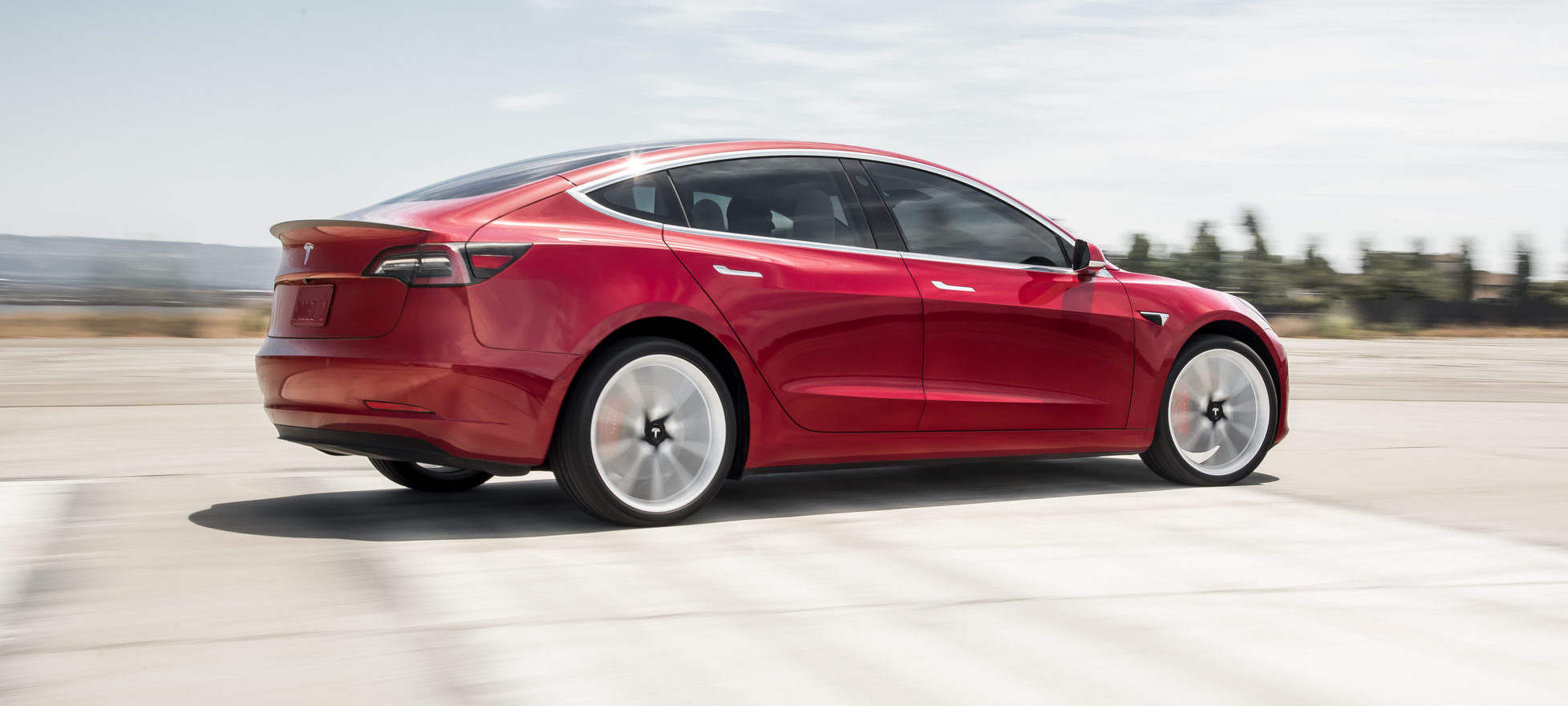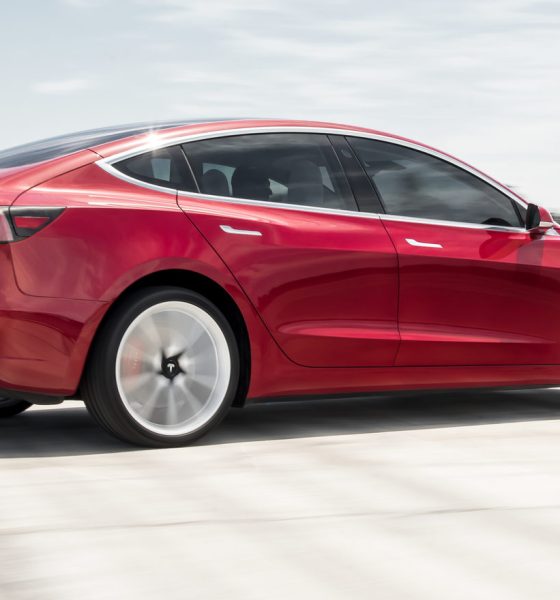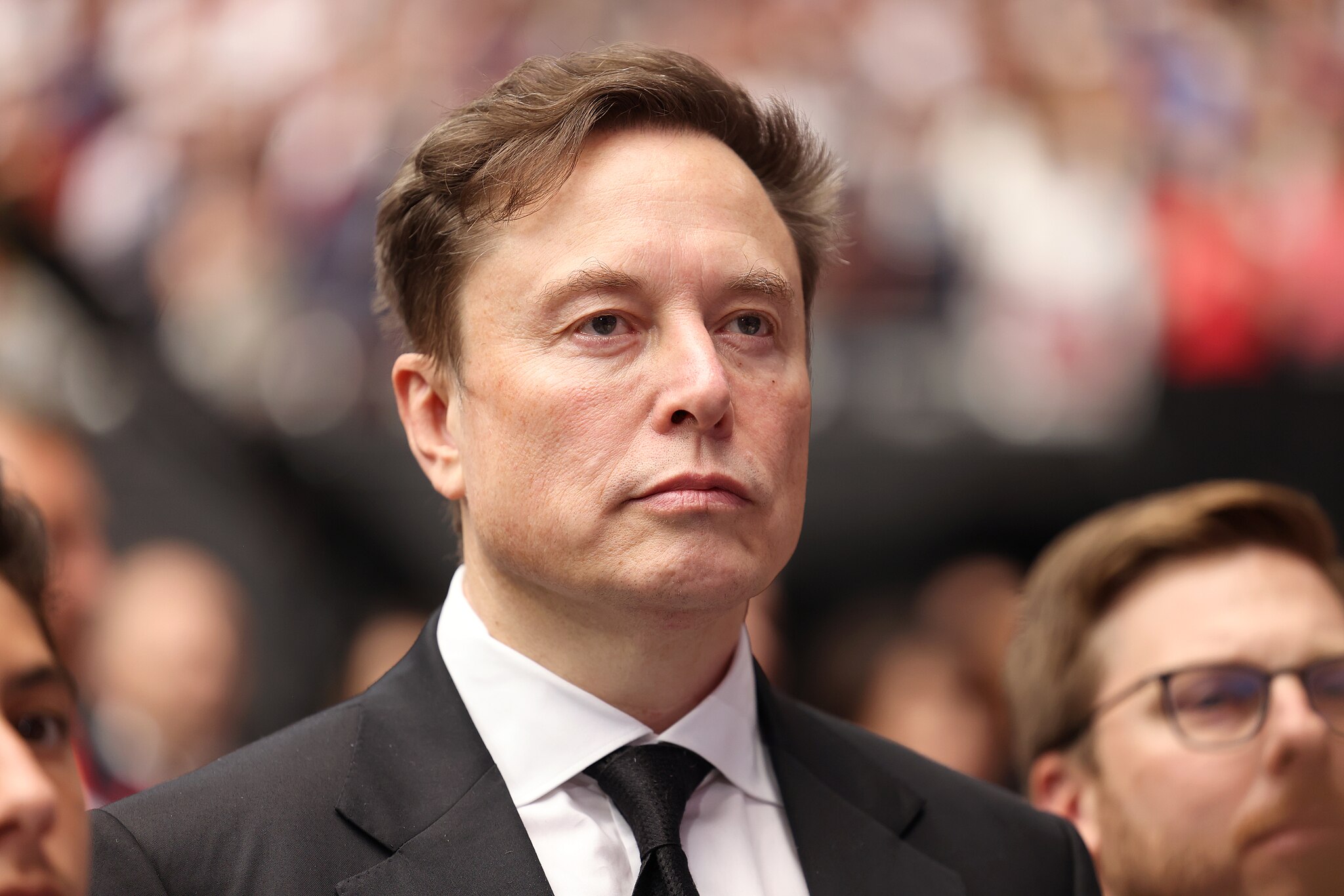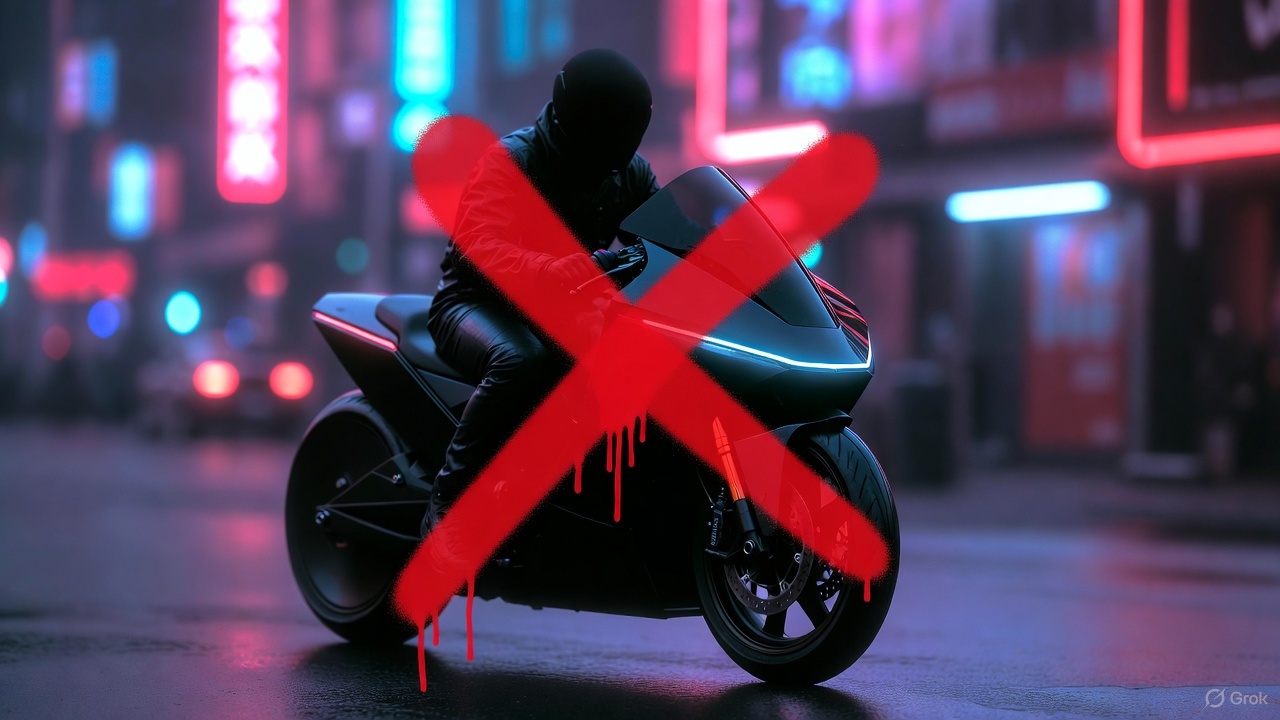

News
Tesla’s resilience is forcing veteran automakers to draw the battle lines on diesel
There are probably very few companies in the market that have attracted the same amount of skepticism as Tesla. Since it started producing its first vehicle, the original Tesla Roadster, more than a decade ago, the “impending” death of the company has been foretold. Despite this, the small, disruptive electric car maker has stubbornly refused to die, and it continues to grow despite the noise. Today, Tesla is bigger than ever before, and the impending completion of a third Gigafactory 3 in China could signal yet another period of incredible growth for the company.
The inevitable electric age
The rise of Tesla did not only prove that electric cars need not be boring, glorified golf carts. The rise of Tesla also showed that consumers from various walks of life are willing to pay top dollar for well-designed electric vehicles, simply because they are superior to internal combustion cars. By proving these points, Tesla was able to force the hand of veteran automakers, pushing them to come up with their own battery-powered vehicles. Today, most of the world’s most notable carmakers are looking into electrification. Some brands such as Porsche have even decided to abandon diesel altogether, aiming instead to push the development of both all-electric and hybrid cars.
It’s not just Porsche either. Other automakers such as Jaguar even beat the German automaker’s Taycan to market with its I-PACE, which it started delivering last year. Daimler rushed to join the fray with the EQC, and Audi, not to be left behind in the emerging EV race, brought out the rather unfortunately-named e-tron, which was received warmly nonetheless. Even mass-market automakers such as Kia and Hyundai have come up with their own bang-for-your-buck electric cars in the form of the Niro EV and Kona Electric. Volkswagen recently made a splash with the debut of the ID.3 as well. Even British-bred MG, which has been reborn as a Chinese-owned hyper-budget brand, is preparing to attack the lower end of the market with the MG ZS EV.
Learning from Tesla
Amidst this transition, it is starting to become evident which carmakers are dead serious about their transition to the electric age. This became notable in Germany, when Volkswagen, Daimler, and BMW came together last March to call for the widespread adoption of EVs. Volkswagen CEO Herbert Diess was at the helm of the radical stance, at one point practically butting heads with BMW CEO Harald Krüger and the industry lobby group Association of the Automotive Industry (VDA) due to his push for widespread electric car adoption. Audi boss Bran Schot, in a recent interview with Manager Magazin, reiterated this point, noting that “electric is the core” of the automaker’s “new strategy.”
Audi is currently attempting to ramp the production of the e-tron SUV, its first all-electric vehicle, but things have not exactly been easy. Due to factors such as reported battery constraints from supplier LG Chem, as well as other incidents such as a workers’ strike in one of its plants earlier this year, the e-tron has been delayed. Yet, Schot noted that the company remains focused on pushing more electric cars. During the interview, Schot candidly admitted that Audi is behind other automakers such as Tesla, not only “in the electric cars” themselves, “but also at the pace with which they solve some software issues.”

Schot noted that he was recently “driven once again a Tesla,” and he came away impressed by the experience. “That was fun,” he said, later admitting that “No question, we are learning from Tesla.” Learning from the leader in electric mobility is an excellent strategy for Audi, as it would allow the company to develop vehicles that mix the best of veteran auto’s experience and Tesla’s tech mastery. In a way, Audi has already taken steps towards this goal with its e-tron GT sedan, a vehicle built on the same platform as the Porsche Taycan. The Taycan stands apart from other EVs from veteran auto in the way that it’s built from the ground up to be an electric car, making it the last thing from a compliance vehicle.
Commitments to diesel and a denial of EVs
While companies like Porsche have found it easy to commit to electrification and abandon things like diesel, other carmakers are not having such an easy time relinquishing their ties with oil. The most recent source of this shock was Jaguar Land Rover CEO Ralf Speth, who recently spoke with Automotive News Europe sister publication Automobilwoche’s publisher in an interview. When asked about the company’s powertrain strategy amid a decline in demand for diesels and V8 gasoline engines, the CEO was candid.
“According to industry forecasters, a global share of 20 percent to 30 percent for electrified vehicles is expected by 2025. When you turn this around, it means that 70 percent to 80 percent of all vehicles around the world will have conventional engines. Let me add that today’s diesels, (which) are absolutely CO2-efficient and clean,” he said.
When asked by the publication why electric mobility is still not important to consumers, the CEO noted that “On one hand, the products are still too expensive. On the other hand, the infrastructure is still too inconvenient and unreliable, so electric cars tend to be for people with deep pockets.” These are rather surprising to hear from the Speth, whose company produced the I-PACE, which has pretty much swept awards left and right since its debut last year.

Explaining his conservative stance on electric vehicles further, the Jaguar CEO argued that “When it comes to electric vehicles, the question isn’t how many cars I can build but rather how many batteries I can buy. The demand for batteries is so great that there will be a limited ability to deliver them over the next few years. And, unlike some others, I expect continually rising battery prices – at least for the next two to three years.”
Quite interestingly, the Jaguar Land Rover CEO’s concerns about electric cars have long been addressed by Tesla. When it came to charging infrastructure, the California-based carmaker developed and aggressively rolled out its Supercharger Network, which currently have over 12,000 stations across the globe. The company has also ironed out the supply of its vehicles’ batteries, thanks to a massive investment in facilities such as Gigafactory 1 in Nevada.
The transition to the electric age will be difficult for carmakers, and it would require massive investments just to get well-designed all-electric cars ready for the market. If these developments are any indication, it appears that in the next few years, the battle lines will be drawn between veteran automakers that are willing to go all-in on electric mobility, and veteran carmakers who will steadfastly hold on to oil and the internal combustion engine.

News
Tesla’s new Holiday perk is timed perfectly to make FSD a household name
Tesla AI4 owners get FSD (Supervised) through Christmas, New Year’s Eve and well into the post-holiday travel season.

Tesla quietly rolled out a free Full Self-Driving (Supervised) trial for roughly 1.5 million HW4 owners in North America who never bought the package, and the timing could very well be genius.
As it turns out, the trial doesn’t end after 30 days. Instead, it expires January 8, 2026, meaning owners get FSD (Supervised) through Christmas, New Year’s Eve and well into the post-holiday travel season. This extended window positions the feature for maximum word-of-mouth exposure.
A clever holiday gift
Tesla watcher Sawyer Merritt first spotted the detail after multiple owners shared screenshots showing the trial expiring on January 8. He confirmed with affected users that none had active FSD subscriptions before the rollout. He also observed that Tesla never called the promotion a “30-day trial,” as the in-car message simply reads “You’re Getting FSD (Supervised) For the Holidays,” which technically runs until after the new year.
The roughly 40-day period covers peak family travel and gatherings, giving owners ample opportunity to showcase the latest FSD V14’s capabilities on highway trips, crowded parking lots and neighborhood drives. With relatives riding along, hands-off highway driving and automatic lane changes could become instant conversation starters.
Rave reviews for FSD V14 highlight demo potential
FSD has been receiving positive reviews from users as of late. Following the release of FSD v14.2.1, numerous owners praised the update for its smoothness and reliability. Tesla owner @LactoseLunatic called it a “huge leap forward from version 14.1.4,” praising extreme smoothness, snappy lane changes and assertive yet safe behavior that allows relaxed monitoring.
Another Tesla owner, @DevinOlsenn, drove 600 km without disengagements, noting his wife now defaults to FSD for daily use due to its refined feel. Sawyer Merritt also tested FSD V14.2.1 in snow on unplowed New Hampshire roads, and the system stayed extra cautious without hesitation. Longtime FSD tester Chuck Cook highlighted improved sign recognition in school zones, showing better dynamic awareness. These reports of fewer interventions and a more “sentient” drive could turn family passengers into advocates, fueling subscriptions come January.
Elon Musk
Elon Musk predicts AI and robotics could make work “optional” within 20 years
Speaking on entrepreneur Nikhil Kamath’s podcast, Musk predicted that machines will soon handle most forms of labor, leaving humans to work only if they choose to.

Elon Musk stated that rapid advances in artificial intelligence and robotics could make traditional work unnecessary within two decades.
Speaking on entrepreneur Nikhil Kamath’s podcast, Musk predicted that machines will soon handle most forms of labor, leaving humans to work only if they choose to.
Work as a “hobby”
During the discussion, Musk said the accelerating capability of AI systems and general-purpose robots will eventually cover all essential tasks, making human labor a choice rather than an economic requirement. “In less than 20 years, working will be optional. Working at all will be optional. Like a hobby,” Musk said.
When Kamath asked whether this future is driven by massive productivity growth, Musk agreed, noting that people will still be free to work if they enjoy the routine or the challenge. He compared future employment to home gardening, as it is something people can still do for personal satisfaction even if buying food from a store is far easier.
“Optional” work in the future
Elon Musk acknowledged the boldness of his claim and joked that people might look back in 20 years and say he was wrong. That being said, the CEO noted that such a scenario could even happen sooner than his prediction, at least if one were to consider the pace of the advancements in AI and robotics.
“Obviously people can play this back in 20 years and say, ‘Look, Elon made this ridiculous prediction and it’s not true,’ but I think it will turn out to be true, that in less than 20 years, maybe even as little as ten or 15 years, the advancements in AI and robotics will bring us to the point where working is optional,” Musk said.
Elon Musk’s comments echo his previous sentiments at Tesla’s 2025 Annual Shareholder Meeting, where he noted that Optimus could ultimately eliminate poverty. He also noted that robots like Optimus could eventually provide people worldwide with the best medical care.
Elon Musk
Elon Musk reiterates why Tesla will never make an electric motorcycle
Tesla CEO Elon Musk preemptively shut down speculations about a Tesla road bike once more.

Tesla CEO Elon Musk preemptively shut down speculations about a Tesla road bike once more, highlighting that the electric vehicle maker has no plans to enter the electric motorcycle market.
Musk posted his clarification in a post on X.
Musk’s reply to a fun AI video
X user @Moandbhr posted an AI video featuring the Tesla CEO on the social media platform, captioning it with “Mr. Elon Musk Just Revealed the Game-Changing Tesla Motorcycle.” The short clip depicted Musk approaching a sleek, single-wheeled vehicle, stepping onto it, and gliding off into the distance amid cheers. The fun video received a lot of traction on X, gaining 3.1 million views as of writing.
Musk replied to the post, stating that a Tesla motorcycle is not going to happen. “Never happening, as we can’t make motorcycles safe. For Community Notes, my near death experience was on a road bike. Dirt bikes are safe if you ride carefully, as you can’t be smashed by a truck,” Musk wrote in his reply.
Musk’s Past Comments on Two-Wheelers
Musk also detailed his reservations about motorcycles in a December 2019 X post while responding to questions about Tesla’s potential ATV. At the time, he responded positively to an electric ATV, though he also opposed the idea of a Tesla road-going motorcycle. Musk did state that electric dirt bikes might be cool, since they do not operate in areas where large vehicles like Class 8 trucks are present.
“Electric dirt bikes would be cool too. We won’t do road bikes, as too dangerous. I was hit by a truck & almost died on one when I was 17,” Musk wrote in his post.
Considering Musk’s comments about dirt bikes, however, perhaps Tesla would eventually offer a road bike as a recreational vehicle. Such a two-wheeler would be a good fit for the Cybertruck, as well as future products like the Robovan, which could be converted into an RV.









